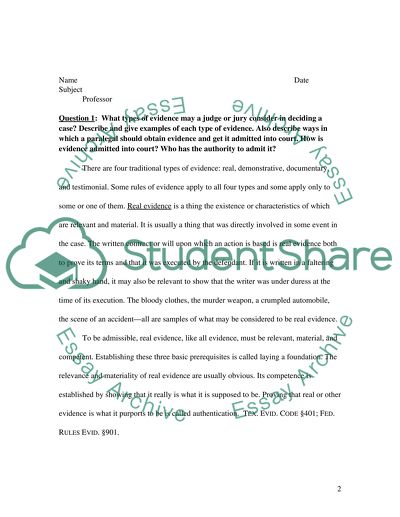Cite this document
(“Considering Cases Concerning to Gathering Information, Types of Assignment”, n.d.)
Considering Cases Concerning to Gathering Information, Types of Assignment. Retrieved from https://studentshare.org/law/1544853-midterm-essay
Considering Cases Concerning to Gathering Information, Types of Assignment. Retrieved from https://studentshare.org/law/1544853-midterm-essay
(Considering Cases Concerning to Gathering Information, Types of Assignment)
Considering Cases Concerning to Gathering Information, Types of Assignment. https://studentshare.org/law/1544853-midterm-essay.
Considering Cases Concerning to Gathering Information, Types of Assignment. https://studentshare.org/law/1544853-midterm-essay.
“Considering Cases Concerning to Gathering Information, Types of Assignment”, n.d. https://studentshare.org/law/1544853-midterm-essay.


